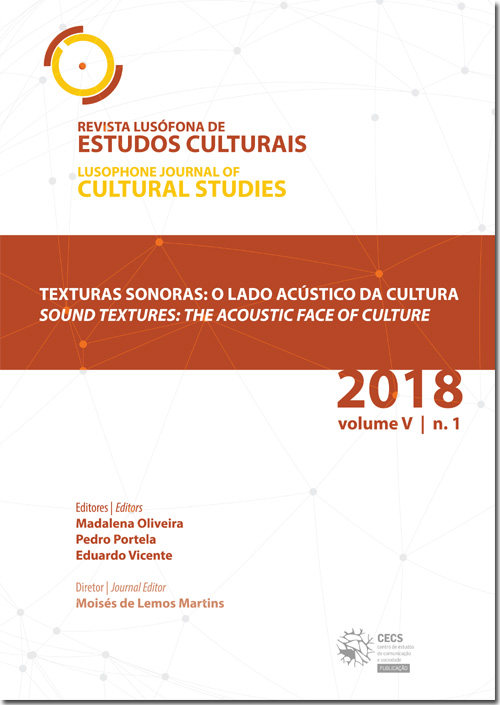Transcription of Vale do Ave into sound: creation of a spatial auditory language
DOI:
https://doi.org/10.21814/rlec.293Keywords:
Grammar, sound and space, territory, transcriptionAbstract
The transcription of Vale do Ave into sound (Leite, 2014) emerges from the intersection of the visual display of both territory and sound, applied to the interpretation of two samples from Vale do Ave – the Guimarães city centre and the “between Brito and Silvares” – through the creation of ambivalent graphic notations, which simultaneously represent space and sound. This article presents the transcription process created in response to the question “how to transcribe urban space into sound?” What is traditionally called soundscape (Augusto, 2014; Schafer, 1993) reflects on the existing sounds in a given place. This article reverses this proposition and aims to transcribe spatiality into sound. So in this context, the term “listening to” the territory does not refer to the sounds produced by cars, wind, tree leaves, etc., but to the sound resulting from the spatial composition. The research results have proven the link between space and sound, since the musical composition corresponding to each sample is not only distinct, but also refers us to its spatiality, opening up an interdisciplinary field, subject to further intersections in other areas, with mutual possibilities of innovation in both spatial and musical composition.
Downloads
Downloads
Published
How to Cite
Issue
Section
License
Authors own the copyright, providing the journal with the right of first publication. The work is licensed under a Creative Commons - Atribuição 4.0 Internacional License.












